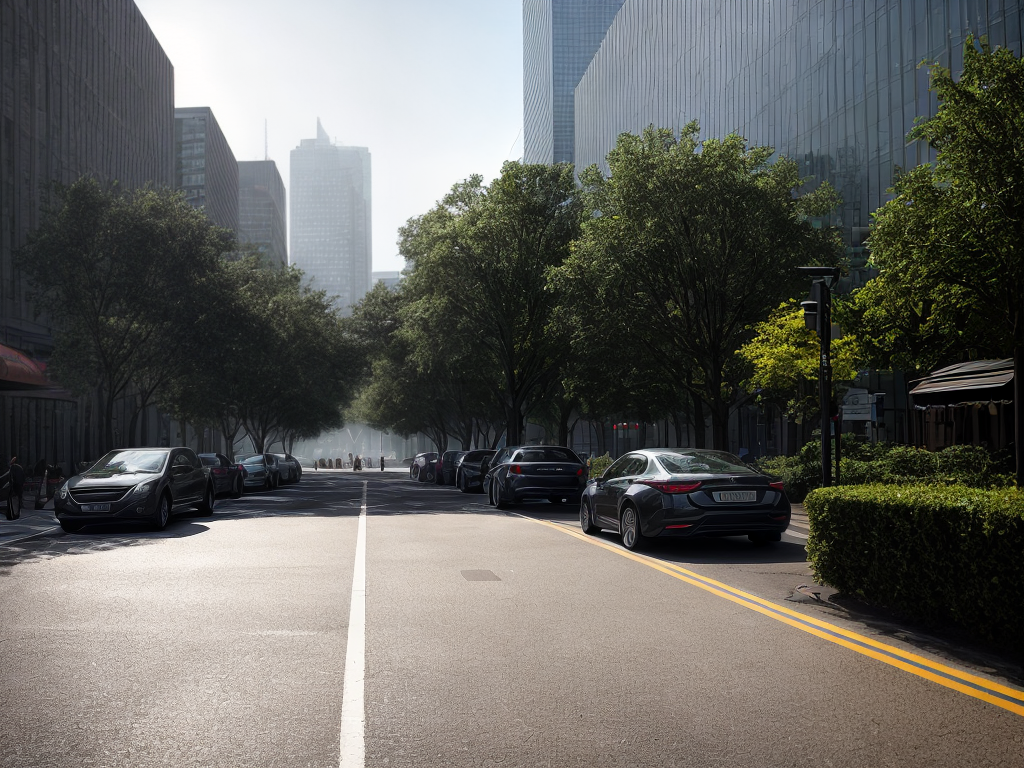
Hey there! Welcome to “Making Events Accessible: A Quick Guide to Temporary Handicap Parking.” In this guide, I’ll be sharing some valuable tips and information on how to make events more inclusive for individuals with disabilities. We all want to create an environment where everyone feels welcome and accommodated, right? Well, one important aspect of that is ensuring that there are proper handicap parking options available. From understanding accessibility regulations to designating and marking handicap parking areas, we’ll cover it all. Plus, we’ll discuss how to provide accessible routes to event spaces and ensure continued accessibility throughout the event. So, let’s get started on this journey towards making events more accessible for everyone!
Key Takeaways
- Accessibility regulations ensure full participation in events for individuals with disabilities
- Designate and mark handicap parking areas with highly visible signage and the international symbol of access
- Provide accessible routes to event spaces through shuttle services or accessible public transportation
- Ensure continued accessibility throughout the event by offering accessible amenities, communication methods, and addressing any issues promptly
Understanding Accessibility Regulations
As an event organizer, I frequently encounter the need to understand and comply with accessibility regulations. This is because promoting inclusivity and accommodating diverse needs is of utmost importance to me and my team. Accessibility regulations ensure that everyone, regardless of their abilities, can fully participate in our events. These regulations cover a wide range of areas, including parking, entrances, seating, and communication. For example, we must provide accessible parking spaces close to the event venue, with proper signage and a clear path of travel. Entrances should have ramps or elevators, and seating areas need to be wheelchair accessible. Communication must be inclusive, with sign language interpreters or captioning available for those with hearing impairments. By understanding and complying with accessibility regulations, we can ensure that our events truly serve and include all individuals, creating an environment where everyone feels welcome and valued.
Determining the Number of Parking Spaces
To determine the number of parking spaces needed for handicapped individuals at an event, I consult the accessibility regulations and consider the expected attendance and the percentage of attendees who may require accessible parking. Calculating the requirements involves understanding the guidelines set forth by the relevant authorities. These regulations often specify the minimum number of accessible parking spaces based on the total number of parking spots available. Additionally, they outline the dimensions and layout requirements for these spaces to ensure they are suitable for individuals with disabilities. However, it is important to consider alternative solutions as well. For example, if the event is held at a venue with limited parking space, arrangements can be made to provide shuttle services or off-site parking with accessible transportation options. By considering these factors, we can ensure that the event is inclusive and accessible for all attendees.
Designating and Marking Handicap Parking Areas
I frequently designate and mark handicap parking areas at events to ensure accessibility for individuals with disabilities. When it comes to accessible parking design, there are a few key elements to consider. First and foremost, the parking spaces should be located as close as possible to the main entrance or venue. This reduces the distance that individuals with disabilities have to travel, making it easier for them to access the event. Additionally, it’s important to clearly mark these designated spaces with handicap parking signage. The signage should be highly visible and easily recognizable, with the international symbol of access prominently displayed. This helps to prevent misuse of the spaces and ensures that they are reserved for those who truly need them. By following these guidelines, we can create a more inclusive and accommodating environment for all event attendees.
Providing Accessible Routes to Event Spaces
One essential aspect of ensuring accessibility at events is providing clear and accessible routes to event spaces. It is crucial to offer accessible transportation options for attendees who may have mobility challenges. This can include providing shuttle services or arranging for accessible public transportation routes to the event location. Additionally, training staff on accessibility needs is vital to ensure that they are knowledgeable and able to assist individuals with disabilities in navigating the event spaces. Staff should be aware of accessible entrances and exits, as well as any potential obstacles or barriers that may impede accessibility. By offering accessible transportation options and training staff on accessibility needs, event organizers can create a welcoming and inclusive environment for all attendees.
Ensuring Continued Accessibility Throughout the Event
Maintaining accessibility for all attendees requires proactively addressing any potential barriers throughout the event. To ensure continued accessibility, consider the following:
-
Ensuring inclusive amenities: Provide accessible restrooms, seating areas, and food options for individuals with disabilities. Make sure that these amenities are clearly marked and easily accessible to all attendees.
-
Implementing effective communication: Use multiple methods to communicate important information, such as announcements and schedule changes. Provide written materials in alternative formats, such as braille or large print, for individuals with visual impairments. Additionally, consider offering sign language interpreters or captioning services for individuals who are deaf or hard of hearing.
-
Regularly check accessibility features: Throughout the event, regularly inspect and maintain accessibility features, such as ramps, elevators, and accessible parking spaces. Promptly address any issues that may arise to ensure that all attendees can navigate the event without barriers.
-
Encourage feedback: Create a feedback system to allow attendees to report any accessibility concerns or suggestions. This will help you identify areas for improvement and ensure that future events are even more accessible.
